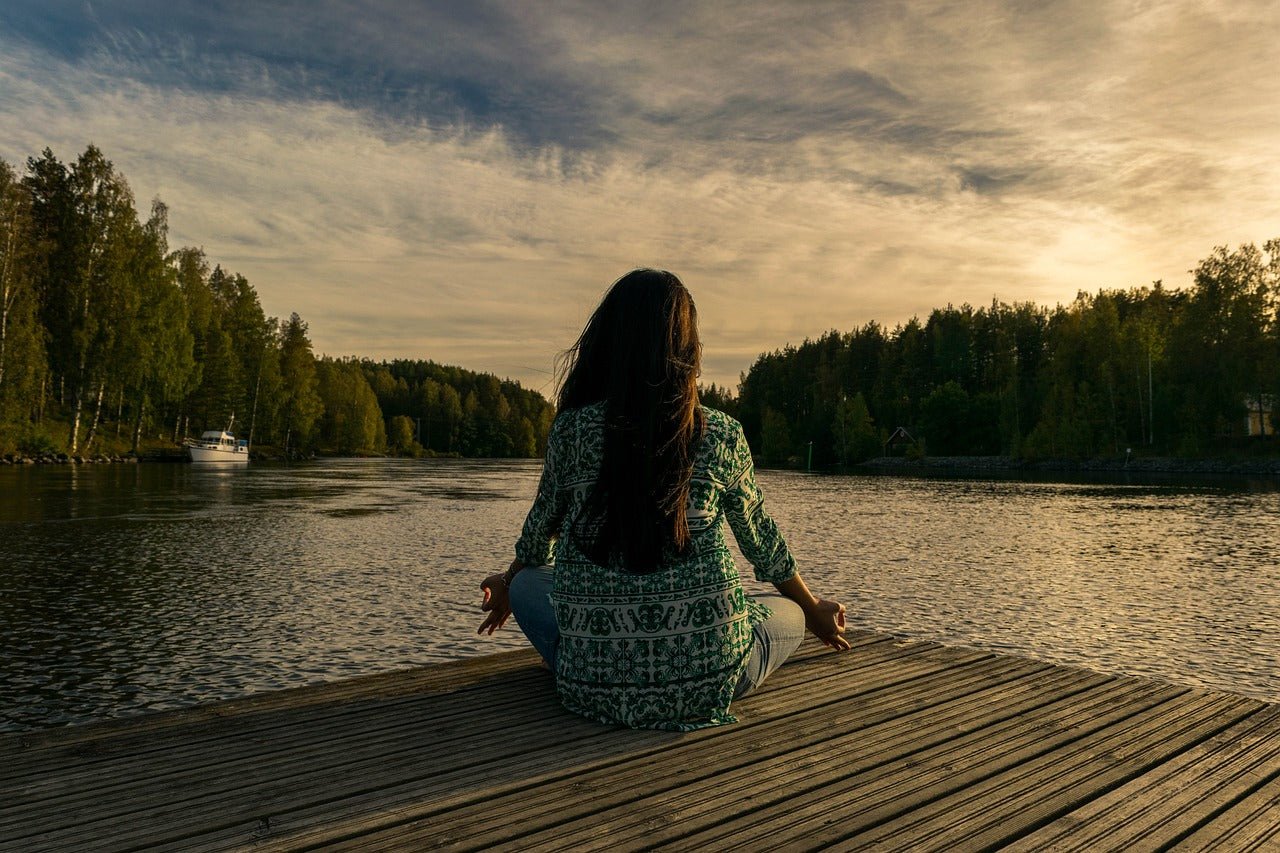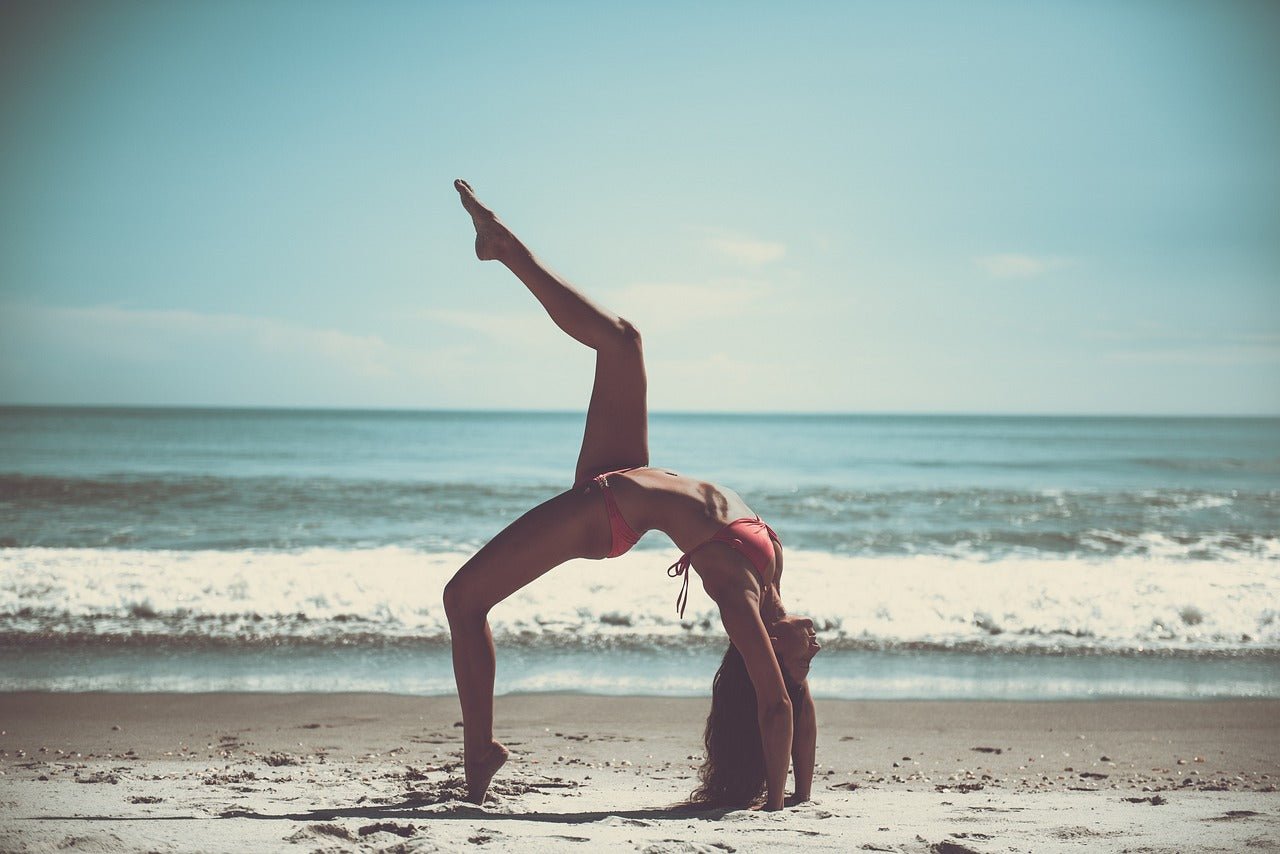
A Deep Dive Into The History and Origins of Yoga
In this article, we’ll break down for you the history and origins of yoga, helping you understand what yoga is really about, and what it meant to the people who developed it centuries ago.
The Beginnings of Yoga
The origins of yoga can be found in ancient Northern India, about 3,000 to 5,000 years ago. The religion of the kingdoms of this region was an ancient form of Hinduism, involving many sacred rituals, chants, and religious practices which would be carried out by the priestly class, the Brahmins.The central religious text at this time for Hindus were the Vedas, a collection of hymns praising the gods and describing the origins of the universe, and the Indian people. The ritual practices that went along with singing the Vedas and carrying out temple worship began to transform into devotions for private worship among the Brahmin class and among Hindu ascetics and hermits.
These involved mantras, specific body postures to encourage prayer and concentration, and breathing techniques to improve physical health and spiritual concentration. These prayer techniques were intended to “yoke” the soul of the devotee to his gods, and indeed the word “Yoga” is derived from the Sanskrit “Yuj”, meaning to yoke, to control, or to attach.
From these private Brahmanic and ascetic prayer practices a discipline of Hindu prayer that was mental as well as physical developed, being passed on from teacher to disciple through personal example.
Yoga’s Classical Era
In the Classical Era of Yoga, these various private devotions, techniques, and prayers began to be codified into a more unified, streamlined practice that was easier to follow and had certain fixed standards.The sage credited with this project was known as Patanjali, a devout philosopher who used his intelligence and scholarly background to compose the Yoga Sutras. Living and writing about 2,000 years ago, Patanjali’s summation of yoga included describing several interior and exterior practices meant to characterize yoga, including correct ethical living in day to day life, basic postures for the body, and focusing of the mind on the deity being worshiped.
However, the Yoga of this era was less physical than what most Westerners are familiar with. In fact, it might be more appropriate to describe yoga of this era as a form of contemplation and meditation or a way of life, rather than a system of exercise.
Still, some elements of posture and breath control are codified within the Sutras, paving the way for forms of Yoga to become more specific and even diverse in the near future.
The Beginnings of Bhakti Yoga
The next several centuries saw yoga develop into a more widely studied and practiced form of worship in the Indian subcontinent. Bhakti Yoga, which focused on developing personal closeness to Hindu gods through worship and prayer, became more popular with the masses.The Bhagavad Gita, a central and cherished text of Hinduism, was the first text to really delve into the spirit of Bhakti Yoga in a poetic, detailed format. The text has the god Krishna (disguised as a charioteer) explaining to the warrior Arjun that personal devotion to him is the surest way to Moksha, or salvation, no matter one’s station in life.
This text, penned about 2,000 to 2,300 years ago, brought the idea of Bhakti Yoga in a very poetic and charming form to the ordinary man, and a new school of Yoga flourished. This simpler and prayer-focused system of Yoga remains popular with Hindus today, and is practiced and enjoyed by millions.
Hatha Yoga Develops
Hatha Yoga, on the other hand, developed Yoga into a more physical and disciplined practice, describing and naming the various body postures (or asanas) familiar to us today such as Salute to the Sun.
Starting in the 1400s AD, Hatha Yogic texts sought to document the postures and physical techniques used for centuries by Hindu ascetics. These postures, stances, and physical health secrets were meant to help unify the ascetic with the gods through physical strength, testing the body’s limits, asceticism, and body postures.
In the 1800s and 1900s, Hatha Yoga began to combine with an emphasis on physical fitness in Colonial India, leading to the more exercise-based form of Yoga that is most familiar to us in the West.
How did modern develop and spread, and how is modern, Western Yoga different from what we’ve already mentioned?
Yoga in the West
Yoga was first introduced to the West in the late 1800s by Swamis and Scholars from India. It remained a bit obscure and rarely studied until the Hippie culture of the 1960s brought with it a deep and excited interest in Eastern culture.It was Hatha Yoga specifically which was most successful in finding its way to the West. The body postures and physical aspect of Yoga began to take foot as both a form of exercise as a spiritual practice meant to cultivate calm. By the 1980s, many of the spiritual elements of yoga were being forgotten, with many Westerners simply seeing it as a form of stretching and exercise.
Still, an appreciation for the roots of yoga can be seen visually (if somewhat vaguely) in references to lotus flowers or the Hindu Om symbol on modern yoga gear. For many in the West, modern yoga practice has become a way for many men and women to help improve flexibility, slow down, focus on their breathing, and experience some peace in the rush of day to day life.
Final Thoughts
Yoga has developed from ancient roots as a form of worship, contemplation, and day to day discipline meant to unite the heart and soul to the Divine. From the prayers and disciplines of ancient Hindu priests and ascetics, yoga has found a home in the West as a largely simplified form of exercise, breathing, and stretching.
Still, it remains a form of spirituality and prayer for millions of Hindus, and understanding its origins as a method of prayer and devotion is important to truly understand the discipline in its own context, and appreciate yoga for what it is.
Now that you know all about the origins of yoga, all that's left to do is order the styles that match your unique style. Learn more about yoga with the following resources:




